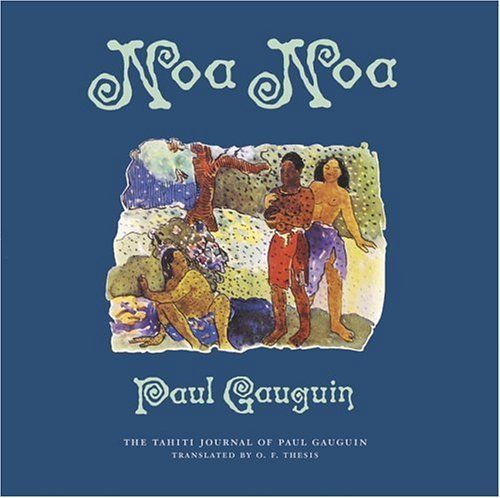
Noa Noa The Tahiti Journal of Paul Gauguin
"In 1894, Paul Gauguin came to the conclusion that European culture in general, and French culture in particular, was spiritually and morally bankrupt. So he left. On the eighth of June that same year, he arrived in Tahiti, an island of tropical warmth, impenetrable jungles, and - most importantly for Gauguin - unspoiled, undecadent, un-European, and extremely beautiful people." "He luxuriated in this paradise for two years, producing some of his most skillful and best-known paintings, as well as a more personal masterpiece: his journal and the woodblocks he made to accompany it. In his Tahiti diary, Gauguin wrote affectionately about the majestic and earthy people he met." "In 1896, he abruptly returned to France, where his journal was declared too racy for publication. Ultimately, he published it himself but was unable to include his powerful woodblock illustrations. In Noa Noa they appear together for the first time, accompanied by the whimsical, brightly colored sketches that Gauguin included in the margins of his journal. This collection of sensuous and intriguing illustrations is a testament to Gauguin's reverence for nature and his respect for the nobility of Tahitian society."--BOOK JACKET.